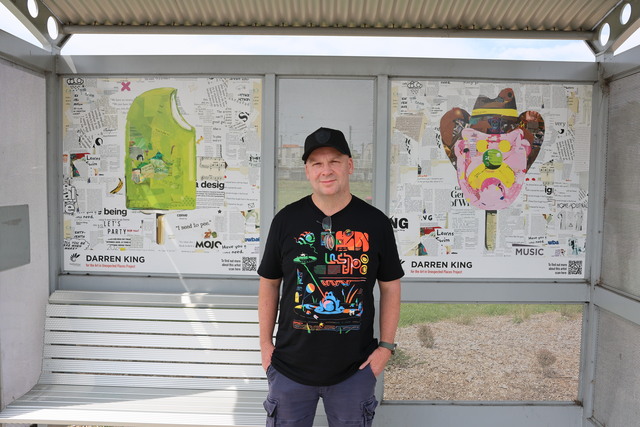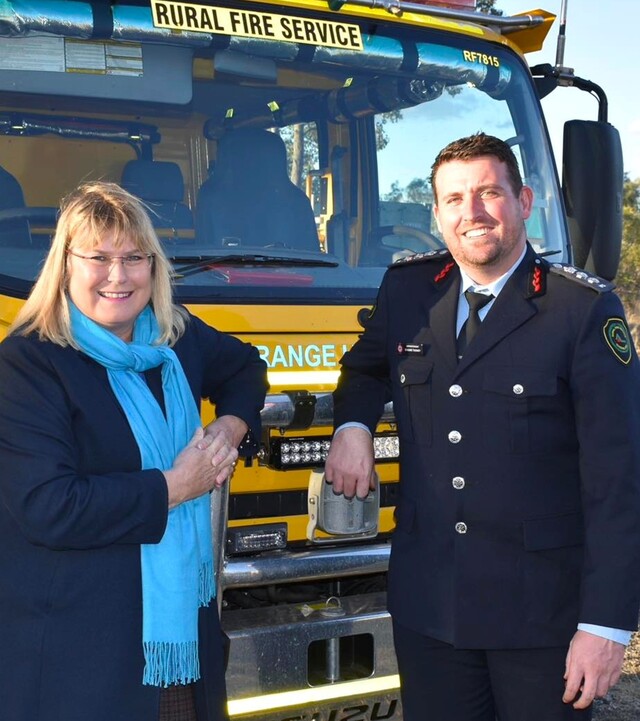Most procurement professionals would agree that robust competition and quality submissions are the desired end-game for the tendering process. So it stands to reason that a key objective for any tendering activity is to ensure that tender advertisements reach as many relevant suppliers as possible – as early as possible.
Achieving this ensures smoother workflows, increased competition and maximum supplier response lead-times, not to mention better overall transparency and therefore less risk.
Spend threshold policies often require the public advertising of tender opportunities. But even if advertising is predominantly compliance focused, there is a natural limit as to how many suppliers procurement staff can engage with a single media advertisement. And because of this, there is always the risk that a potential standout supplier never actually sees the notice. To limit this risk, organisations are turning to e-Tendering toolsets to increase the size of their supplier audience.
One of those organisations is the Municipal Association of Victoria (MAV), which uses TenderLink to carry its message.
MAV is the legislated peak body for Victoria’s 79 councils. Formed in 1879, its procurement office opened in 2009, providing procurement services to Victorian local councils. These services include negotiating collaborative tenders on behalf of the sector and providing professional development and procurement policy support for their councils.
MAV uses an e-Procurement portal supplied by Australasian company, TenderLink, to advertise tender notices to selected supplier audiences and then manage the entire process right through to the receipt of electronic tender submissions. This delivers process efficiencies for MAV, saving them time, effort and money.
“We’ve never received a physical tender since we started,” said Cameron Spence, Manager of Commercial Services at MAV. “It’s been our policy since day one, and we’ve never had a physical tender box.”
Their e-Tendering policy has enabled the organisation to cut down on the costs associated with the increasingly outdated manual tender process, create a more streamlined approach to tendering and ultimately reduce risk by having all relevant tender documents and communications online, in one place and traceable.
But for MAV, the biggest benefit is the reach achieved when advertising tenders. As well as notifying their own supplier base held within their e-Tendering portal, any public tender published by MAV’s portal is also distributed to TenderLink’s notification service customers, a 30,000-strong supplier base who are seeking opportunities locally, nationally and across Australasia. The supplier base is segmented across 63 industry categories, so only those in telecommunications will receive notices for new mobile phone contracts and only car manufacturers will receive callouts for fleet submissions. It’s wide-ranging, but relevant – and MAV is assured of a tender reaching as many prospective suppliers as possible.
“Casting a wider net to prospective suppliers through an e-Tendering system enables greater transparency and ultimately creates efficiency for an organisation,” said Dean Armstrong, TenderLink’s Melbourne-based Business Development Manager. “There’s less paperwork, fewer incoming queries seeking tender details, and tender opportunities are guaranteed to be delivered to a wider pool of suppliers than is achievable when relying solely on a newspaper advertisement. With a combined print and online approach, you know you’ve got things covered. But on the online side, the trick lies in finding an e-Tendering provider with a large enough supplier pool.”
Manual Procurement: an arduous and risky process
One of MAV’s key roles is to negotiate state-wide supply contracts on behalf of the 79 Victorian councils, thereby saving those councils the time and cost of having to undertake this task individually. MAV has established supply contracts for up to 34 procurement classifications, covering everything from IT and telecommunications through to fleet management and recruitment.
To establish these contracts, MAV again relies on e-Tendering solutions such as TenderLink to digitise the tendering process.
“The TenderLink system is incredibly easy to use,” said Spence. “Everything is recorded automatically through the portal, and since our procurement service opened we have not received a hard copy tender document.”
To take a pragmatic example, before the arrival of e-Tendering, if a council took a phone enquiry from a supplier about an open tender opportunity, they had to document the entire call before sending those details via email or fax to everyone who had previously been sent tender documents. The process was prone to error and an inordinate amount of time would be spent producing and distributing updated documentation and ensuring everything was recorded in a tender book.
“Sadly, procurement compliance and risk mitigation can absorb the majority of a council’s time during a tender process. In an ideal world, this time would be better spent on higher value procurement activities such as refining requirements for tender documentation, exploring innovative solutions, improving supplier relationships or evaluating incoming submissions,” said Armstrong. “In themselves, the time and associated cost savings form a compelling enough business case for councils to consider an e-Tendering solution, and that’s before we even get to the increased transparency and risk mitigation offered by online systems.”
TenderLink: transparent, robust and with a wide-ranging supplier base
Public purse procurement necessarily attracts a high level of scrutiny. And because it’s difficult to track myriad manual procurement processes, e-Tendering solutions offer very attractive levels of transparency, thus protecting the organisation and procurement staff themselves from accusations of improper conduct. Everyone who logs into a TenderLink e-Tendering portal leaves an online audit trail: what time they logged in, what they did, how far they were through a submission upload, what questions they asked through the forum, everything.
“The TenderLink toolset provides us the governance and the probity we’re looking for with our tender processes,” said Spence. “For example, once a tender closes, the system will tell you if someone has partially submitted or was in the process of submitting a bid. If someone then says ‘we were halfway through uploading our documents when the tender closed’, you can actually verify if that’s the case or not. There’s a report that will tell you exactly what occurred.”
The dedicated tender forum also assists with transparency, because all questions – unless specific to a supplier – are visible to all those involved in the tender process. No questions remain unanswered and the one-to-many communication toolsets save countless hours dealing with phone calls and noting the conversations while also conforming to strict probity regulations.
But Spence said the simplicity of the toolset’s functionality, and the assurance that a tender advertisement is being sent to and received by as many suppliers as possible, remain the biggest benefit to MAV.
“It’s a robust system and it’s very easy to use,” he said. “In terms of advertising and uploading new tenders, and making any modifications, it’s a very simple process. The system doesn’t require a lot of support.
“The other strength we see is the significant database of suppliers that are already connected to the system, so when you do release a tender you feel confident that it’s going to a broad audience outside of the public advertising we’re required to do.”
For more information visit www2.tenderlink.com/
*Copy supplied by Tenderlink







